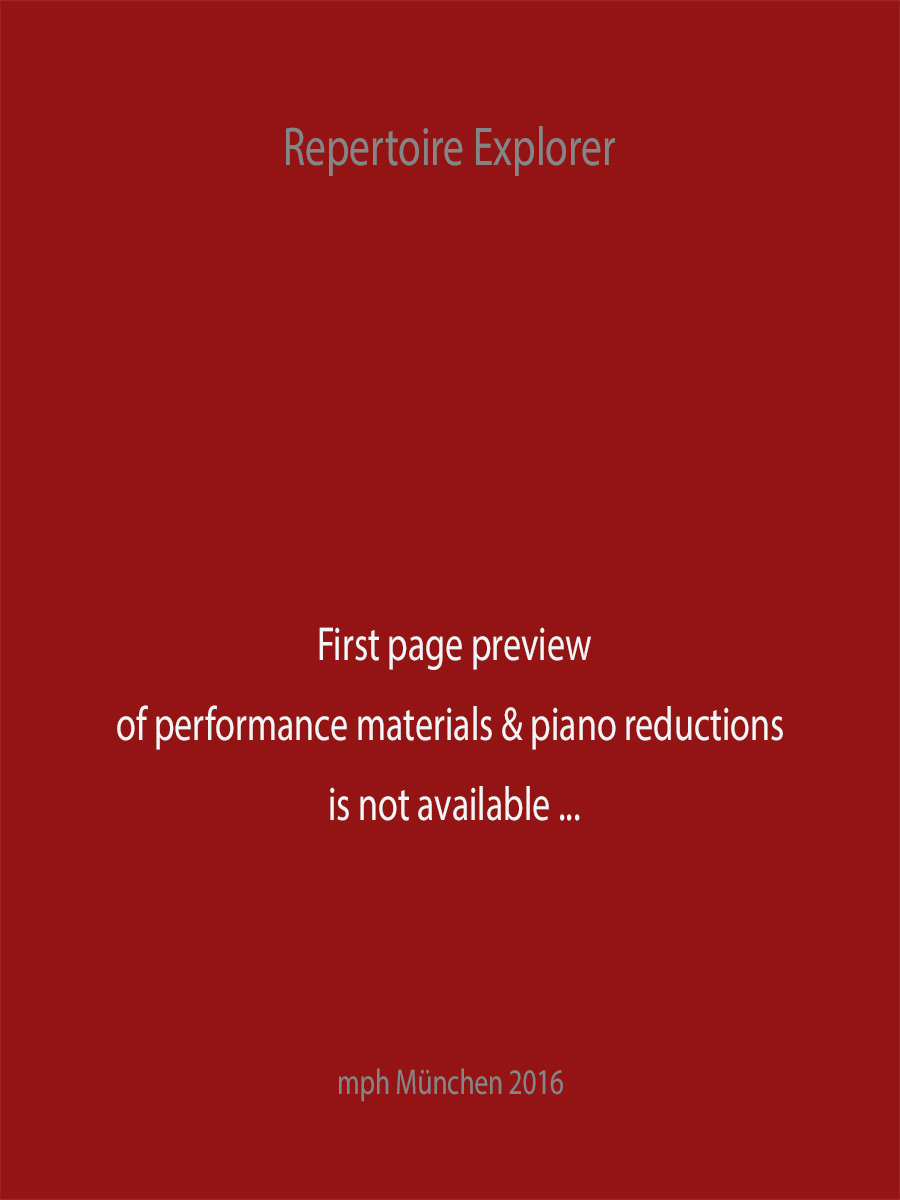Concertino pour flûte avec accampagnement d’orchestre Op. 107 (Piano Reduction/Solo)
Chaminade, Cécile
12,00 €
Chaminade, Cécile
Concertino pour flûte avec accompagnement d’orchestre Op. 107 (Piano Reduction/Solo)
It is ironic that Cécile Chaminade, the prolific composer of vocal mélodies and salon pieces for the piano, is best remembered today for a flute composition. In the spring of 1902 when she was forty-four and enjoying the height of her fame as a touring pianist and composer, Chaminade was commissioned by Théodore Dubois, Director of the Paris Conservatory, to write a piece for the school’s annual flute concours. This was an important competition at the world’s most prestigious flute school: not only did it launch the careers of its winners, but each year its organizers also commissioned an esteemed composer to write a new work for the instrument. Little did Chaminade know that the composition she contributed would become her signature achievement.
Chaminade had grown up in an affluent home or, rather, two: one, a Parisian apartment, and the second, a retreat in the wealthy suburb of Le Vésinet. Her parents were capable amateur musicians who hosted bi-weekly musical soirées at which they enjoyed the company of Georges Bizet, Emmanuel Chabrier, and Benjamin Godard. Cécile developed a love of salon music early on. She studied harmony, counterpoint, fugue, and piano privately—her bourgeois father having forbidden study at the Conservatory—and then began her career at age twenty with a début at Paris’s famed Salle Pleyel in 1877. During the subsequent decade, she composed large- scale works (a comic opera, a ballet, several orchestral works, and the Concertstück for piano and orchestra), but then turned to smaller works for solo piano and mélodies for voice with piano. She performed these miniatures on tours of England (as a favorite of Queen Victoria), Austria, Germany, Belgium, Poland, Hungary, and many other countries. All told, she wrote 300 compositions for the salon, almost all of which were promptly published.
The Concertino, composed originally for flute and piano, begins with a bold two-measure introduction, after which one hears Chaminade’s hallmark: an expansive, lyrical melody, here in the key of D major. Throughout the piece she effectively blends gorgeous melodies with the technical demands required of a competition piece and adored by audiences.
The work is in three large sections (“A,” mm. 1-32; “B,” mm. 33-56 immediately followed by B1, mm. 57-72; and “C,” mm. 73-110), followed by a cadenza, a final version of A (A1), and a short coda. Each part is distinguished from the others by its content and character: the first, elegant and soaring, with block chords providing the accompaniment; the second, agitated, with a more chromatic, syncopated solo line accompanied by ominous tremolos …
Full preface / Komplettes Vorwort HERE
| Edition | Repertoire Explorer |
|---|---|
| Genre | Solo Instrument(s) & Orchestra |
| Size | 225 x 320 mm |
| Printing | Reprint |
